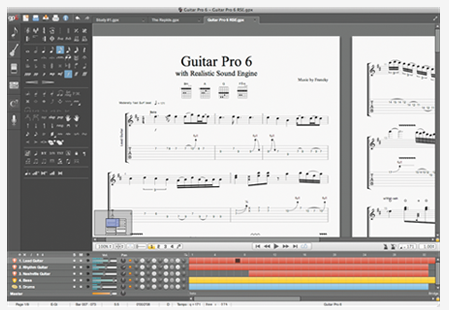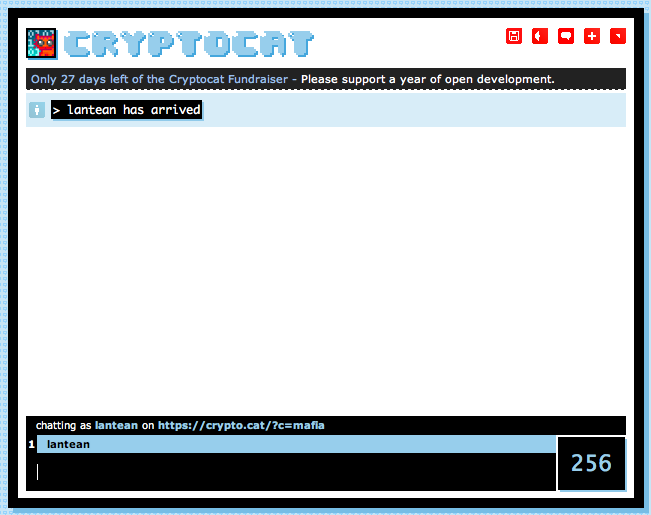Suppose the following scenario. You need to display a modal UIViewController whenever the user presses a specific button in a UITabBar.
The trick is pretty simple. First, add an empty UIViewController, wich will serve as placeholder for the ‘modal tab’:
[someViewController setTitle:NSLocalizedString(@"Modal Tab", nil)];
[someViewController.tabBarItem setImage:[UIImage imageNamed:@"modal.png"]];
Then, setup the UITabBarController’s delegate:
At last… you need to implement the UITabBarControllerDelegate protocol. Specifically, something that looks like this:
{
BOOL isModalTab = ([[viewController title] isEqualToString:NSLocalizedString(@"Modal Tab", nil)]);
if(isModalTab)
{
UIViewController* modalViewController = [[[ModalViewController alloc] init] autorelease];
[self presentModalViewController:modalViewController animated:YES];
}
return !isModalTab;
}
That would do the trick..!


